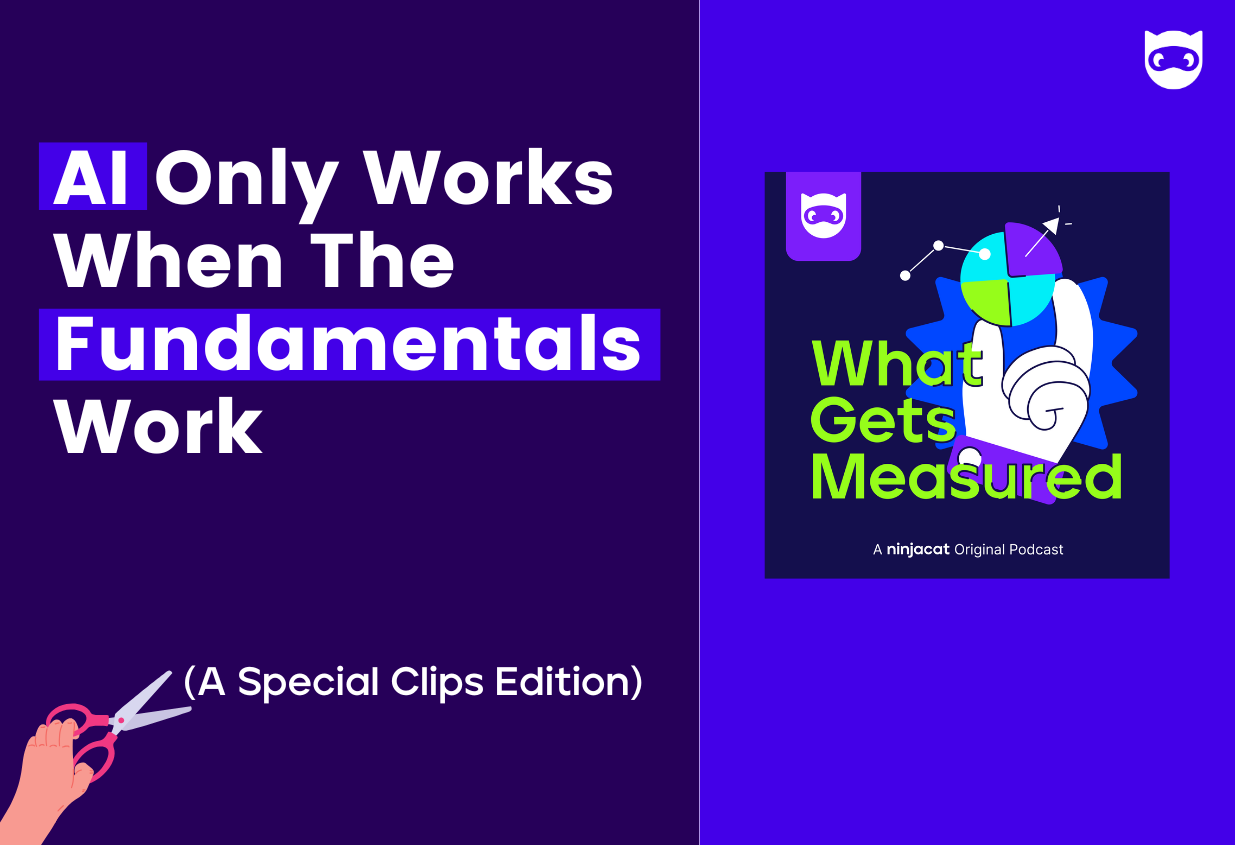Structured vs. Unstructured Data: Maximizing Reporting Efficiency for Ad Agencies

The ability to leverage both structured and unstructured data has become critical to staying competitive. While structured data offers clear, actionable insights, unstructured data holds the key to understanding deeper customer behaviors and sentiments.
However, the challenge lies in effectively managing and integrating these two types of data, especially when it comes to reporting. In this post, we'll explore how agencies can optimize their approach to structured and unstructured marketing data management, driving better reporting efficiency and more meaningful client insights.
Structured Data: Building a Solid Foundation
Structured data is the backbone of most agency reporting. It’s organized, easy to store, and provides quick answers to critical questions. Think of structured data as things like ad spend, campaign performance metrics, or impression counts—the key metrics you’re already using to gauge campaign success.
But to fully harness its power, agencies must ensure their structured data is well-managed, beginning with the fundamentals:
- Centralize Your Data: If your data is scattered across multiple systems, you're missing out on efficiencies. By focusing on marketing data integration and centralizing your data into one platform—or ensuring seamless communication between tools—you'll enable consistent analysis and streamline report generation.
- Ensure Data Quality: Ensure your structured data is free from duplicates, correctly formatted, and up to date. Regular audits should be part of your approach to data quality standards. This includes standardizing formats for things like dates, currencies, and customer IDs across all platforms.
By organizing structured data, you build the foundation for AI-driven analytics, actionable performance forecasting, and automated reporting—critical tools for delivering high-value insights that enhance client engagements and drive smarter, data-backed decisions.
Unstructured Data: Uncovering Deeper Insights
While structured data gives you the "what," unstructured data reveals the "why." This includes everything from social media posts and customer reviews to emails and video content. It’s messy and harder to analyze, but the insights you can extract from it are invaluable.
Here’s how agencies can harness the power of unstructured data:
- Store Unstructured Data in Flexible Systems: Both data lakes and modern data warehouses are capable of storing unstructured data. Data lakes allow agencies to store raw, unprocessed data in its native format, while data warehouses, enhanced by AI and cloud technology, can now handle semi-structured and unstructured data with better querying capabilities. Choose the solution that aligns with your agency’s needs for storage, speed, and accessibility.
- Use AI to Analyze Unstructured Data: Natural Language Processing (NLP) tools and machine learning algorithms are perfect for turning unstructured data into actionable insights. AI can detect customer sentiment from reviews or identify common themes in social media conversations—giving you a richer understanding of customer preferences and campaign feedback.
- Organize and Label for Better Insights: Effective organization of unstructured data is key to extracting meaningful insights. By categorizing data—such as tagging social media posts by sentiment or product type—you make it easier for your team and reporting tools to identify relevant patterns, trends, and actionable insights. This approach enables you to integrate unstructured data more effectively into your overall reporting strategy, providing a more comprehensive view of campaign performance.
Unstructured data provides the depth that brings structured data to life. Combined, they offer a more complete picture of your clients’ campaign performance and customer behaviors.
Combining Structured and Unstructured Data for Comprehensive Insights
The most powerful insights come from combining structured and unstructured data. Structured data can tell you what happened, while unstructured data explains why it happened. By blending these insights, agencies can create more informed, comprehensive reports for clients.
For example, structured data may show that a product's sales spiked after a campaign launch. But analyzing unstructured data—such as customer feedback on social media—can reveal why customers were excited about it. This combination allows you to fine-tune your marketing strategy, making it more targeted and effective.
To make this work, adopt a cloud data platform. Ensure your agency uses a cloud-based data platform that can ingest and store both structured and unstructured data. A unified system enables seamless integration of data sources like analytics, social media, and ad platforms, preventing data silos and ensuring a holistic view.
With all your data in one place, deploy data apps—such as advanced reporting tools and specialized AI-driven agents—that sit on top of your unified data. These tools can analyze both structured and unstructured data, delivering rich insights, automating reporting, and empowering your team to make smarter, data-backed decisions across campaigns.
Marketing agencies that effectively manage both structured and unstructured data gain a significant edge in delivering smarter, more personalized client reports. By centralizing your data, integrating tools to handle unstructured data, and cultivating a data-driven culture, your agency can unlock the full potential of your data.




.png)
